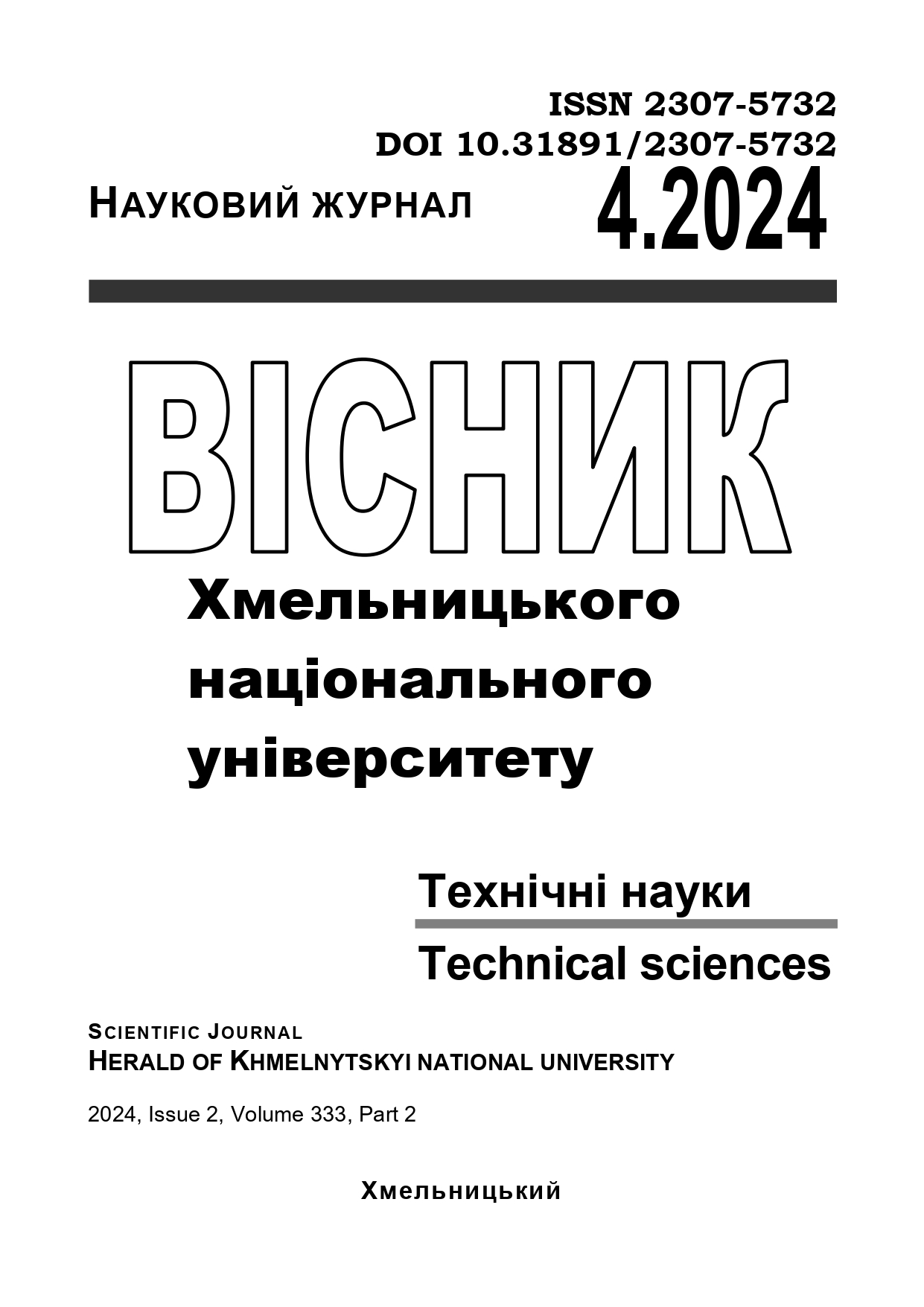ARCHITECTURE DESIGN OF DIGITAL TWIN SOFTWARE SYSTEM WITH DATA UNCERTAINTY
DOI:
https://doi.org/10.31891/2307-5732-2024-339-4-3Keywords:
software system architecture, digital twin, uncertaintyAbstract
Modern technologies have greatly increased data availability through higher data transferring capacity (mainly speed and accessibility of computer networks) as well as the possible sources of data like relatively inexpensive sensors and controllers, wearable electronics, smart appliances and machines, both household and industrial. This in turn leads to greater interest and feasibility of digital twin technologies. However, in a complex distributed and mixed-computing environment where such systems operate, data is not guaranteed to be certain. Both technical difficulties and vague inputs by design, such as operators’ subjective estimates, are sources of uncertainty in data and digital twin software systems should account for that in order to provide more accurate representation of and insights into real object or process. Current publications focus more on the general concepts and classification of uncertainty in digital twins, while research into practical aspects of software design is lacking. As such, this paper presents a general architecture of a digital twin software system with data uncertainty. System’s inputs are comprised of manual user inputs through the UI, direct sensor data about the object under consideration and intermediary results from on-edge computing. System’s outputs are modeling, projection and visualization data, provided to users via the UI and control signals onto actuators that influence the real objects. The system itself consists of six modules that are loosely coupled in a service-oriented architecture design to allow for independent change, utilization of the most appropriate technologies and scalability. These are graphical user interface (GUI), authorization and authentication service, preprocessing module, uncertain data processing module, modeling and data analysis module and persistent data storage. The paper provides an overview for each of the modules, their responsibilities and considerations on implementation, such as applicable technologies and design patterns.
Keyword: software system architecture, digital twin, uncertainty.

